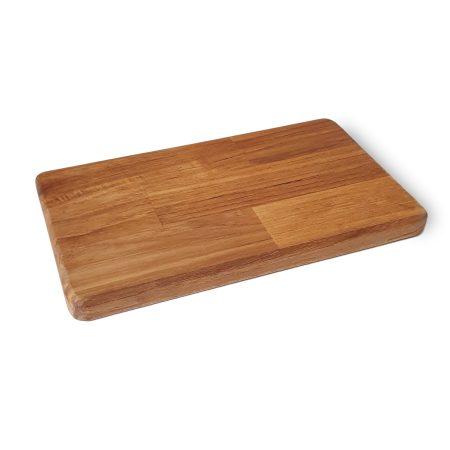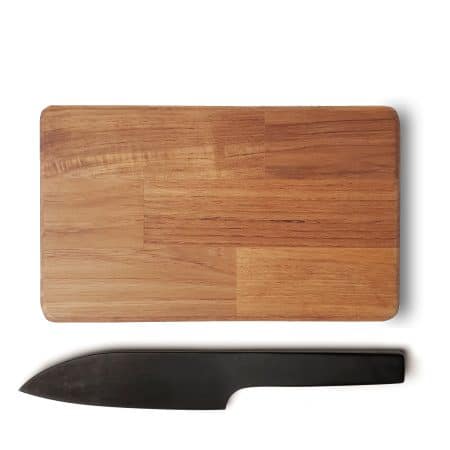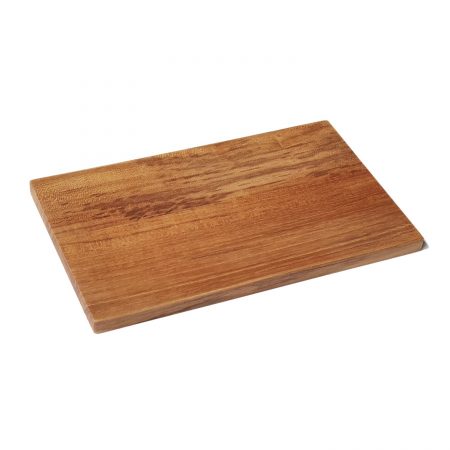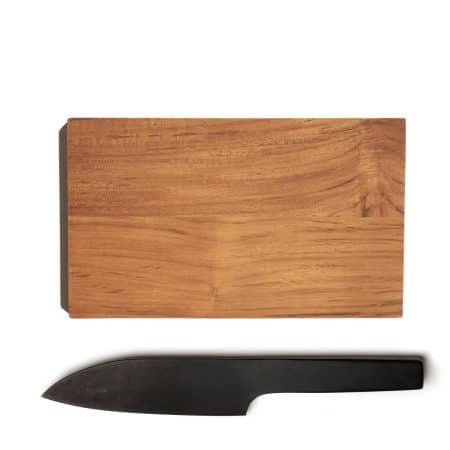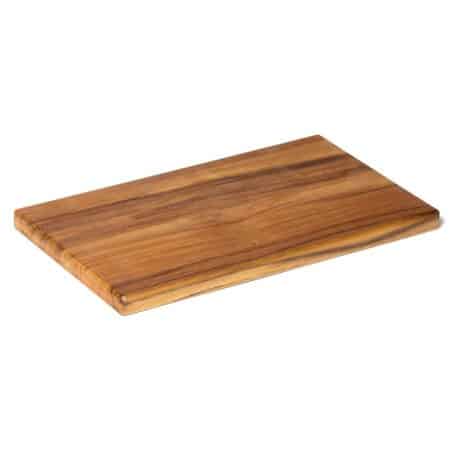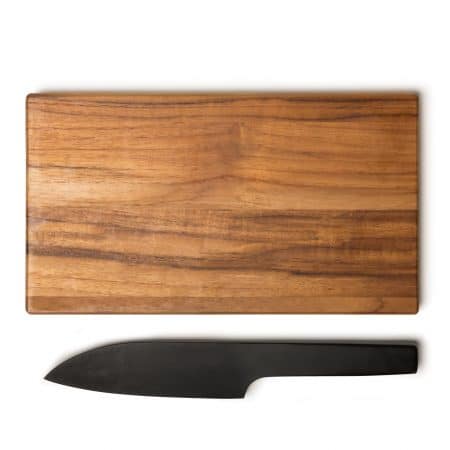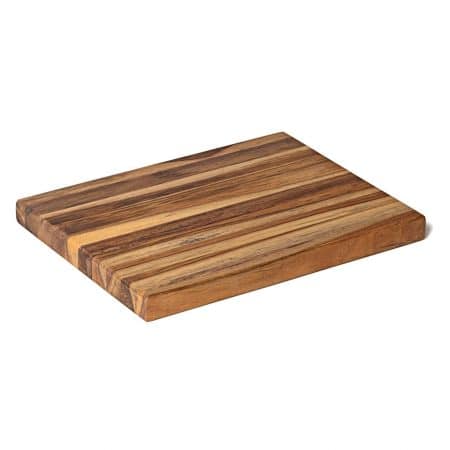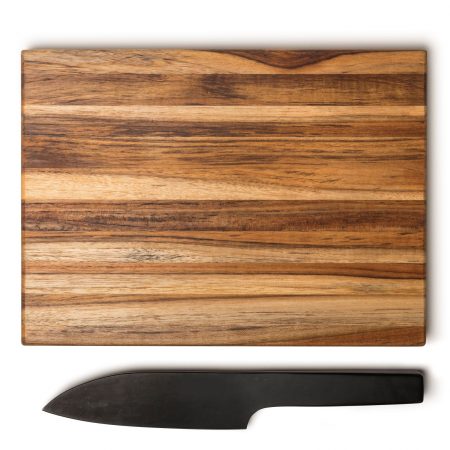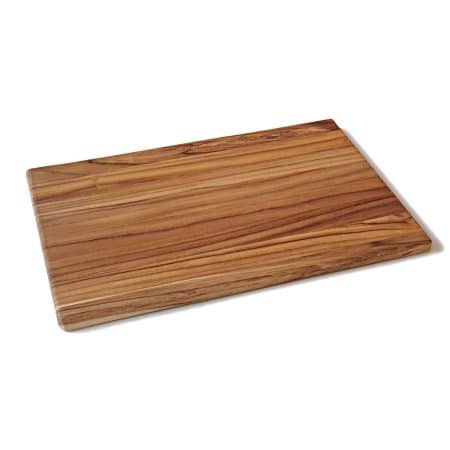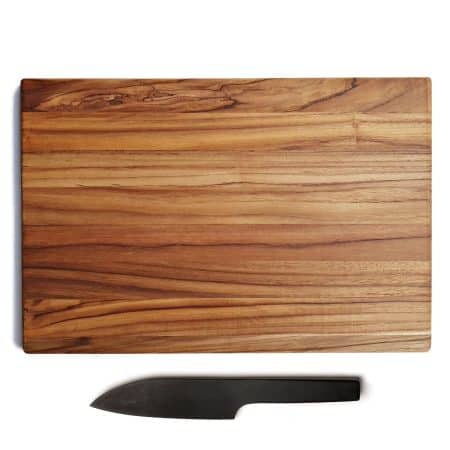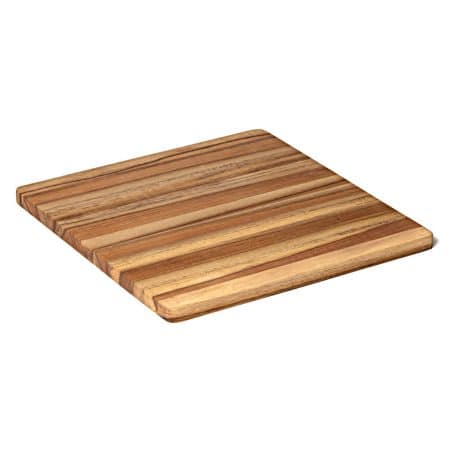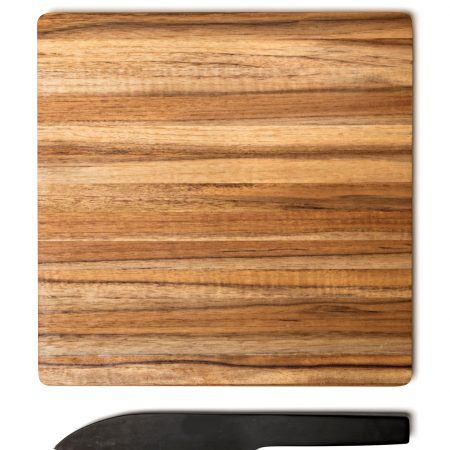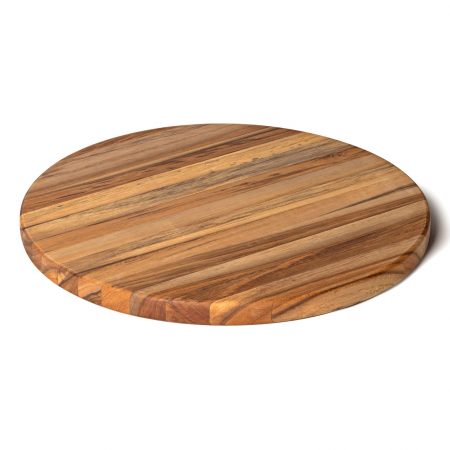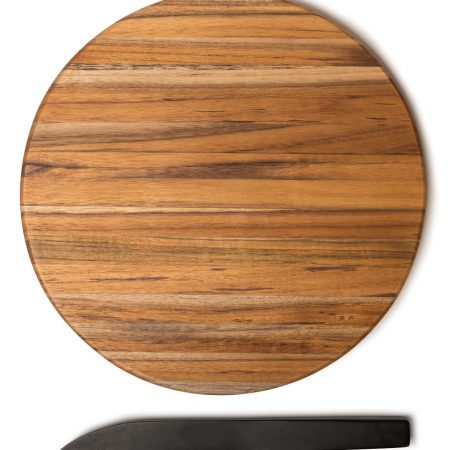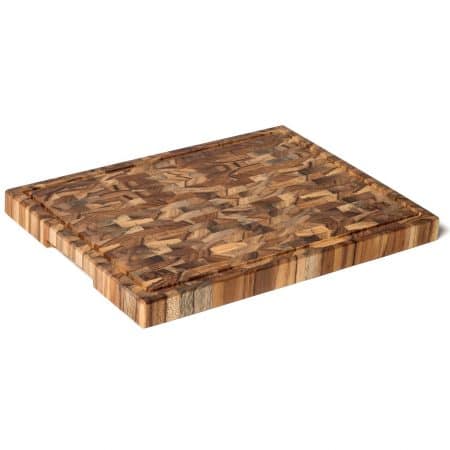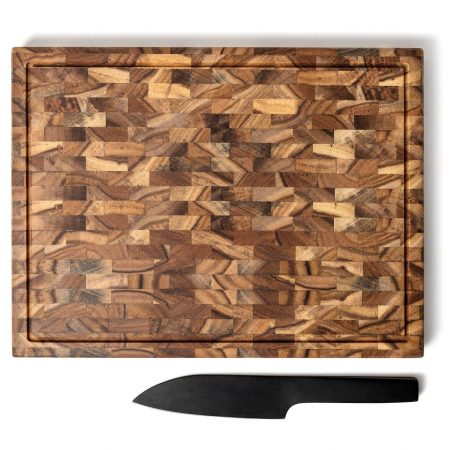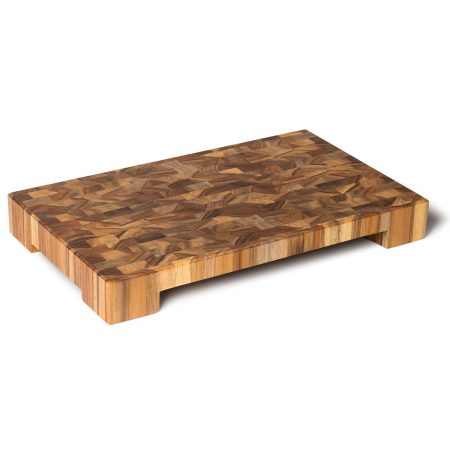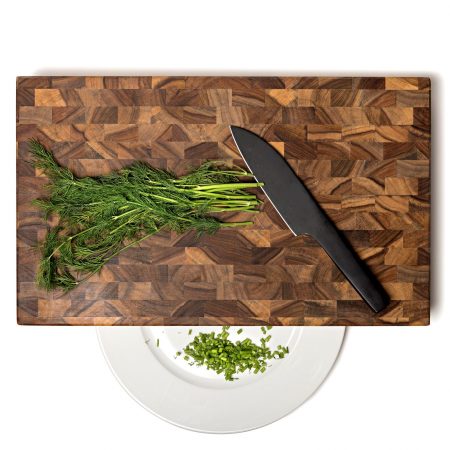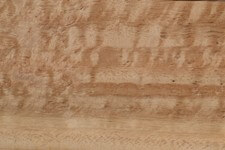
|
Origin |
Australia, new plantings worldwide |
|
bulk density |
0,48 - 1,06 g/cc |
|
durability class |
2-4 |
|
radial shrinkage |
4,1% |
|
Tangential shrinkage |
8,7% |
|
wood color |
pinkish brown to dark red |
|
wood structure |
coarse-pored, twisted growth |
|
Usage |
Parquet, windows, partly decking and garden furniture |
The eucalyptus wood species group, consisting of around 800 species of the Myrtaceae family, is one of the most diverse and economically important commercial woods. Originally from Australia, Tasmania and New Guinea, eucalypts are cultivated on around 18,3 million hectares worldwide due to their excellent growth properties. The main growing areas are India, Brazil, China and Africa. Wood properties vary greatly depending on species, management and site conditions. Plantation woods such as E. grandis and E. globulus as well as heavy species such as E. camaldulensis are mainly represented on the German market. In addition, eucalyptus woods from natural distribution areas, in particular the species E. delegatensis, E. obliqua and E. regnans, are offered as Tasmania Oaks. Most eucalyptus species are fast-growing, evergreen trees and shrubs. The giant eucalyptus (E. regnans) is considered one of the tallest deciduous trees, with the largest known specimen called “Centurion” in Tasmania reaching a height of over 99 meters.
The workability of eucalyptus wood depends heavily on the density and grain flow. Careful pre-drilling is advisable for nails and screws, while knifeability is sometimes good. Denser woods absorb surface treatment agents more poorly, and pore-filling agents are required for smooth surfaces. The soakability varies depending on the density and thyllation. The bonding does not cause any problems. Drying E. grandis and E. saligna requires care to avoid warping. Natural durability varies widely, with higher density correlating with better durability. Eucalyptus wood is used in flooring, frame construction, construction, outdoor use (at higher density), furniture and interior design. Tasmania Oak is valued for its ring-pore structure and is used as furnishing wood in Australia.


